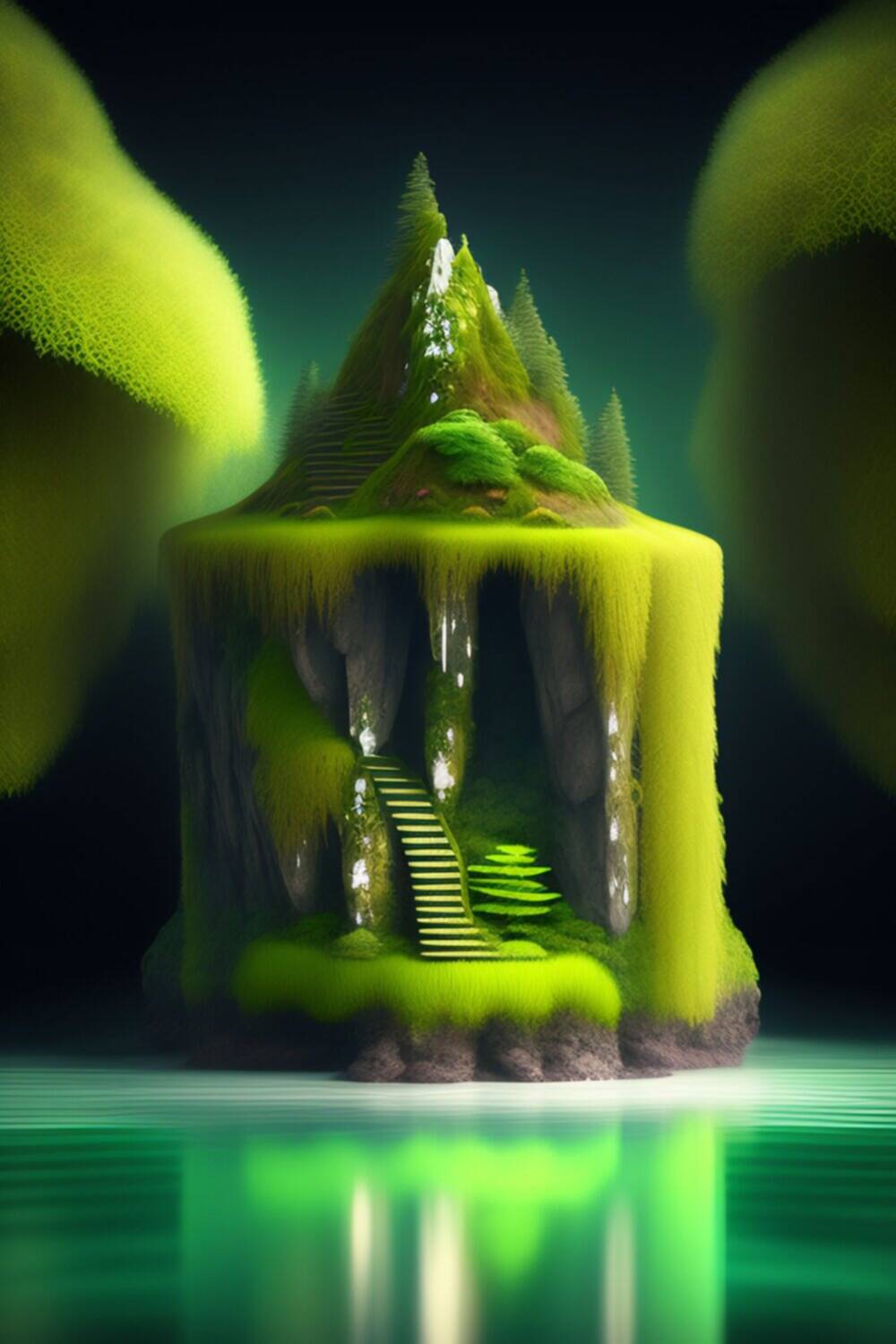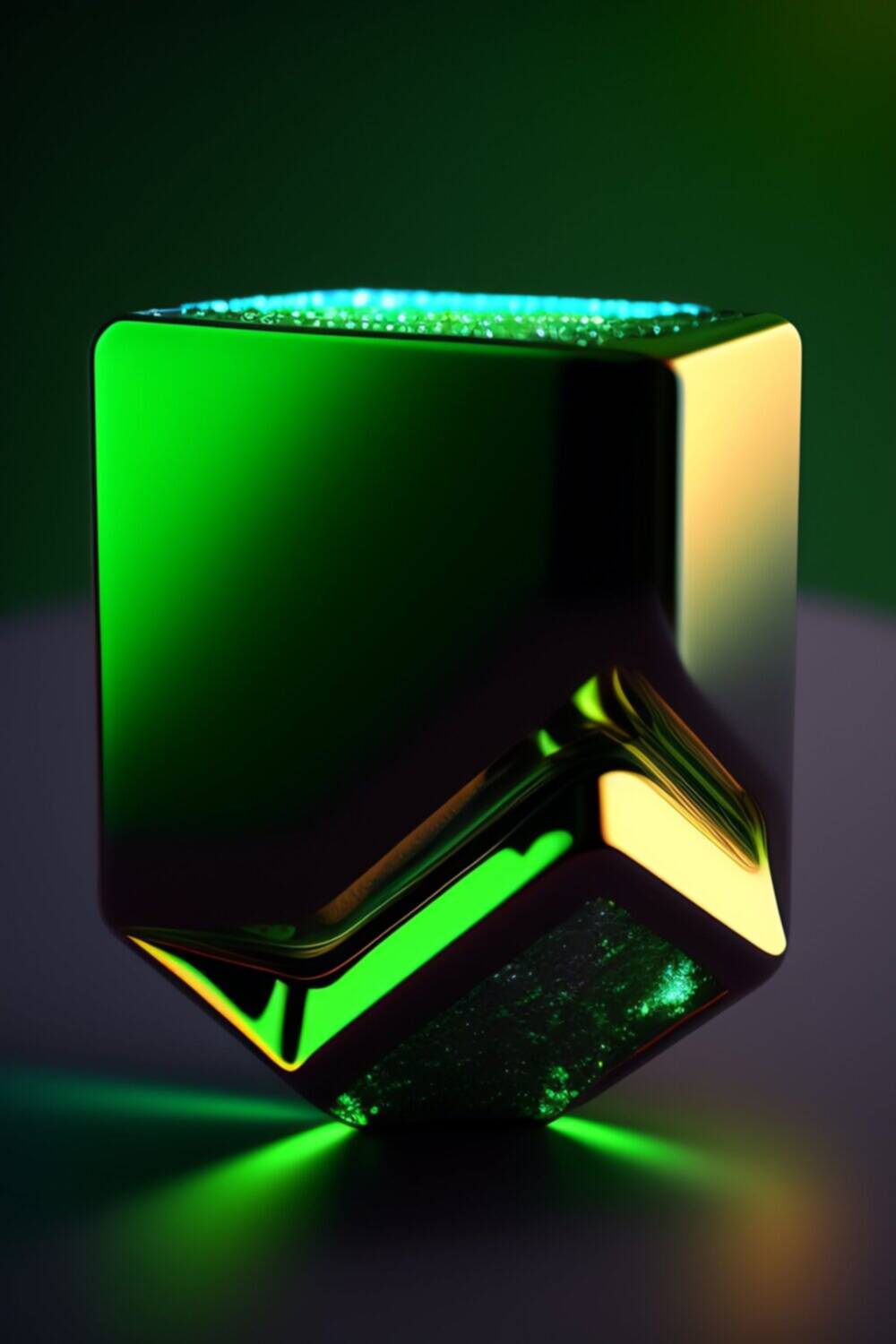Discover how using Nvidia RTX 4080 with Unreal Engine can improve your 3D rendering process. Real-time ray tracing, AI-powered upscaling, and DLSS support for high-quality textures and graphics.
Unreal Engine is one of the most popular game engines used in the CG industry. Its real-time rendering capabilities and user-friendly interface make it the top choice for game developers, architects, and designers. However, to render complex 3D scenes and achieve the highest level of realism, you need a powerful video card, such as the Nvidia RTX 4080.
One of the main benefits of using the Nvidia RTX 4080 with Unreal Engine is the real-time ray tracing. Ray tracing is a rendering technique that simulates the behavior of light in a scene. With the RTX 4080’s dedicated ray-tracing cores, you can achieve realistic lighting and shadows in real-time, making the rendering process much faster and more efficient.
Another advantage of using the RTX 4080 is the AI-powered upscaling technology. The RTX 4080 has Tensor Cores, which can be used to upscale lower-resolution images to higher resolutions with better quality than traditional upscaling methods. This technology is especially useful for game developers who want to render high-quality textures and graphics in real-time.
The RTX 4080 also has a large memory bandwidth and a high number of CUDA cores, which make it ideal for complex 3D scenes with a large number of objects and high polygon counts. With the RTX 4080, you can render large scenes with ease and achieve high frame rates, which is crucial for creating immersive virtual reality experiences.
Moreover, the RTX 4080 supports DLSS (Deep Learning Super Sampling), a feature that uses AI to improve the image quality while maintaining high performance. DLSS can be used to render high-quality images with a lower resolution, resulting in faster rendering times and better performance.
In conclusion, the Nvidia RTX 4080 is a powerful video card that can greatly improve the 3D rendering process with Unreal Engine. Its real-time ray tracing, AI-powered upscaling, high memory bandwidth, and support for DLSS make it the ideal choice for game developers, architects, and designers who want to create complex 3D scenes with the highest level of realism.



